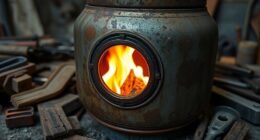Having narrowly escaped from a fire incident personally, I recognize the vital importance of rendering the wall behind a wood stove resistant to fire.
In this guide, I’ll show you how to safeguard your home by using fire-resistant materials and applying effective techniques. By taking proactive measures and installing a heat shield, you can protect your walls from the intense heat generated by a wood stove.
Regular maintenance and inspections will ensure your fireproofed wall remains in top-notch condition.
Let’s get started!
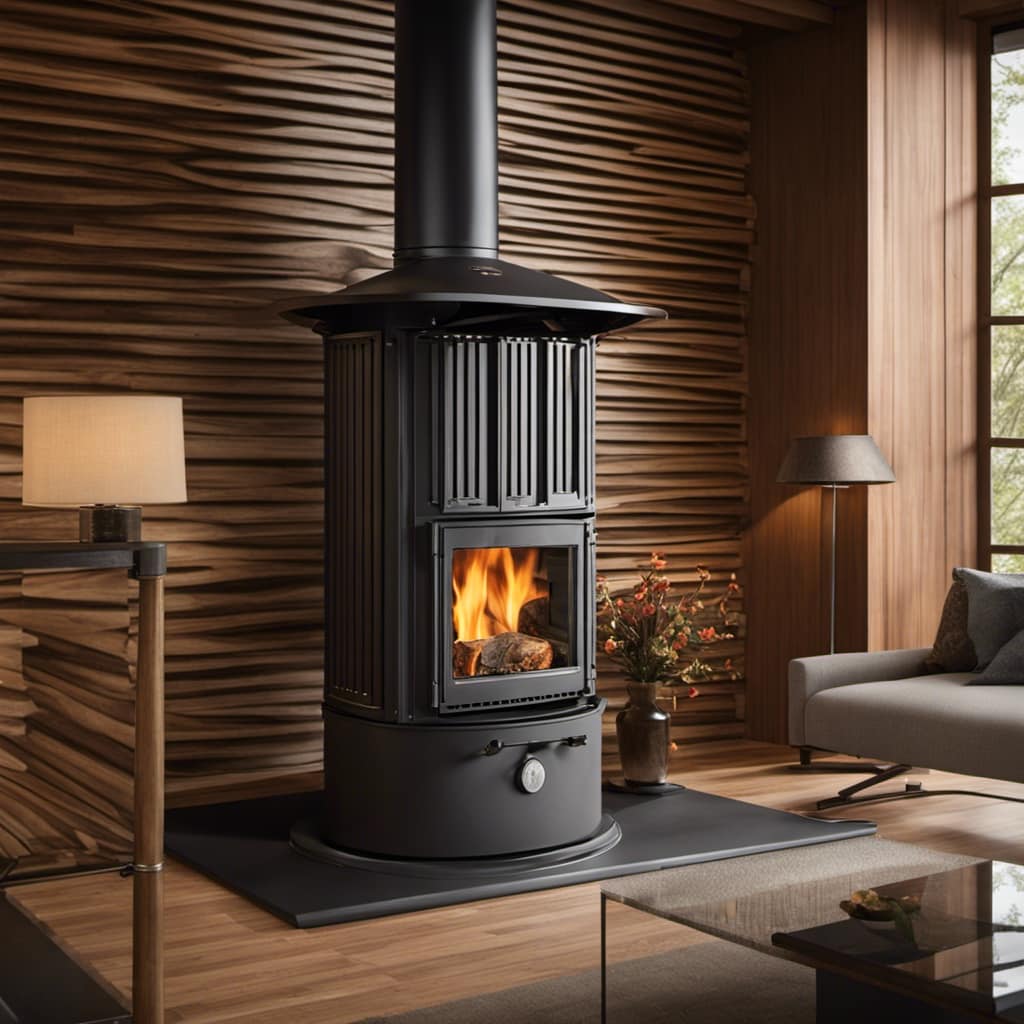
Key Takeaways
- Assess the wall for cracks, gaps, and damaged electrical outlets/wiring.
- Use fire-resistant materials such as fire-resistant drywall and paint.
- Apply fireproofing techniques like caulking, insulation, and sealant.
- Install a heat shield between the wall and the wood stove for added protection.
Assessing the Wall and Identifying Potential Fire Hazards
I am currently assessing the wall behind my wood stove to identify any potential fire hazards. The first step is to examine the structure of the wall. I check for any cracks or gaps in the drywall that could allow heat or flames to penetrate.
Next, I inspect the electrical outlets and wiring to ensure they aren’t exposed or damaged. To further fireproof the wall, I consider using fireproofing products and techniques. One option is to apply a fire-resistant paint or coating to the wall surface. Another option is to install fire-resistant insulation or a fire barrier between the stove and the wall.
Additionally, I make sure to keep flammable materials away from the stove and maintain a safe distance between the stove and any combustible objects.
Through this thorough assessment and the use of fireproofing products and techniques, I can ensure the safety of my home and prevent any potential fire hazards.
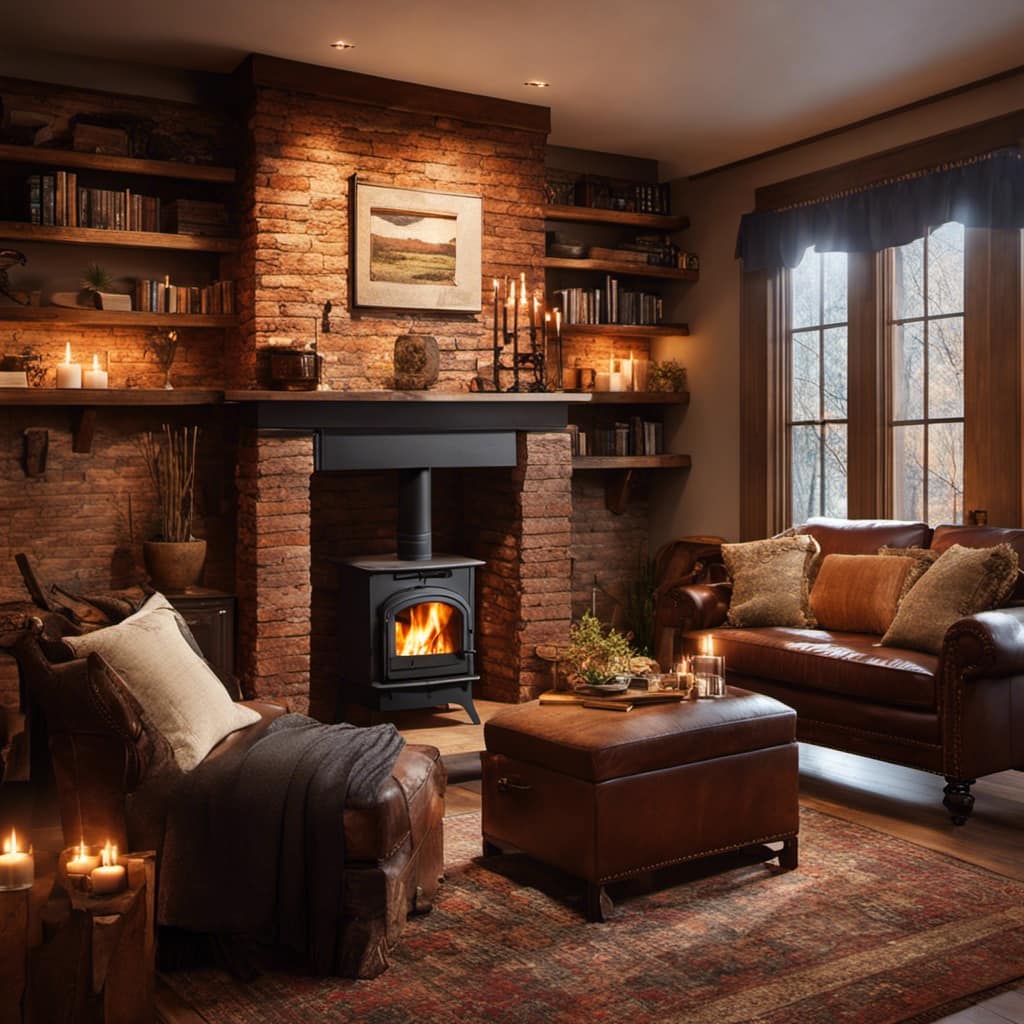
Choosing Fire-Resistant Materials for the Wall
I am considering purchasing a few sheets of fire-resistant drywall to reinforce the wall behind my wood stove. Fireproofing the wall is crucial to ensure the safety of my home.
Fire-resistant drywall is designed to withstand high temperatures and prevent the spread of flames. It contains a layer of gypsum, which acts as a barrier against heat.
Additionally, I’m planning to apply a coat of fire-resistant paint on top of the drywall for added protection. This type of paint contains special additives that delay the spread of fire.
By using both fire-resistant drywall and paint, I can create a strong and effective barrier against potential fire hazards.
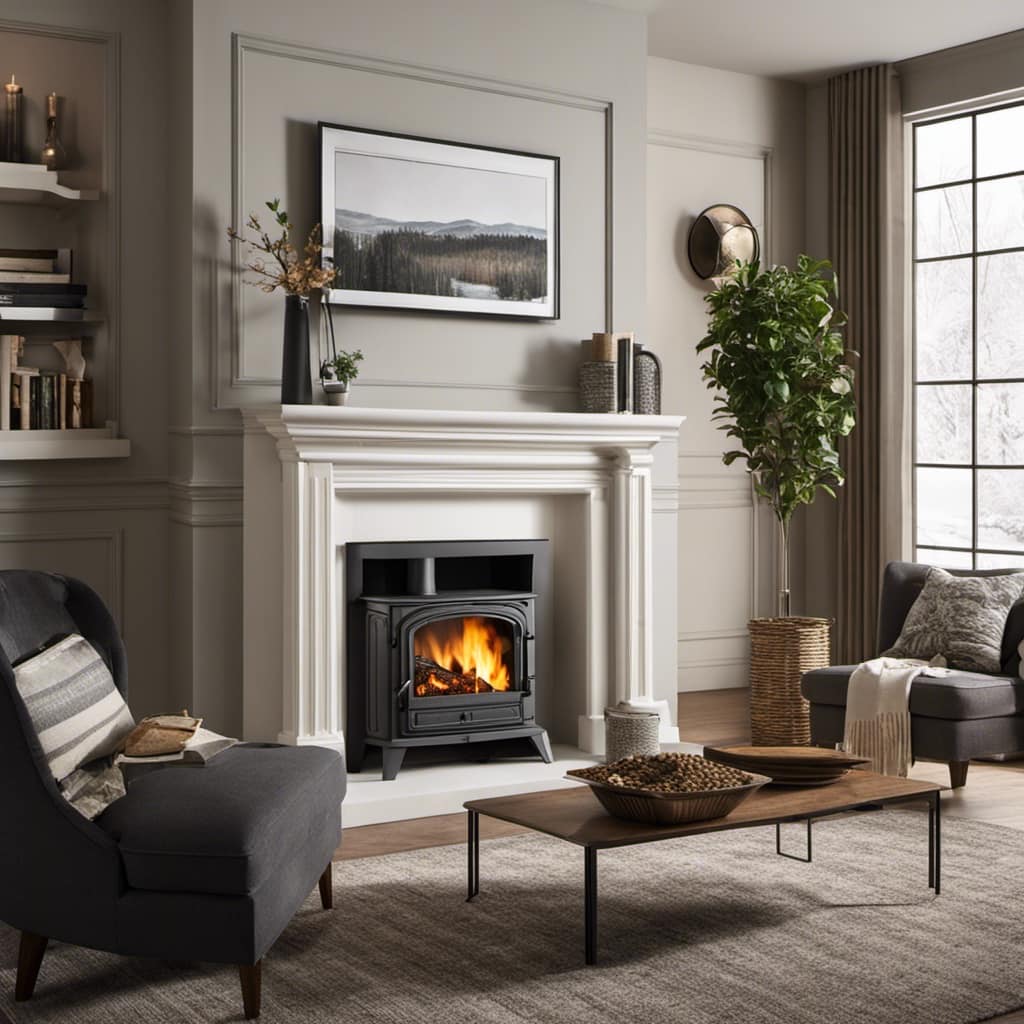
With these materials in place, I can proceed to applying fireproofing techniques to the wall, ensuring maximum safety in my home.
Applying Fireproofing Techniques to the Wall
To effectively fireproof the wall, I’ll use fire-resistant caulking and sealant, as well as install fireproof insulation.
For fireproofing wooden structures, it’s crucial to take necessary precautions, especially when it comes to walls near potential ignition sources like wood stoves. Fire-resistant caulking and sealant act as a barrier, preventing the spread of fire by sealing any gaps or joints in the wall. This helps to minimize the risk of fire penetration and maintain the integrity of the structure.
Additionally, installing fireproof insulation can provide an extra layer of protection by reducing the transfer of heat and slowing down the spread of flames.
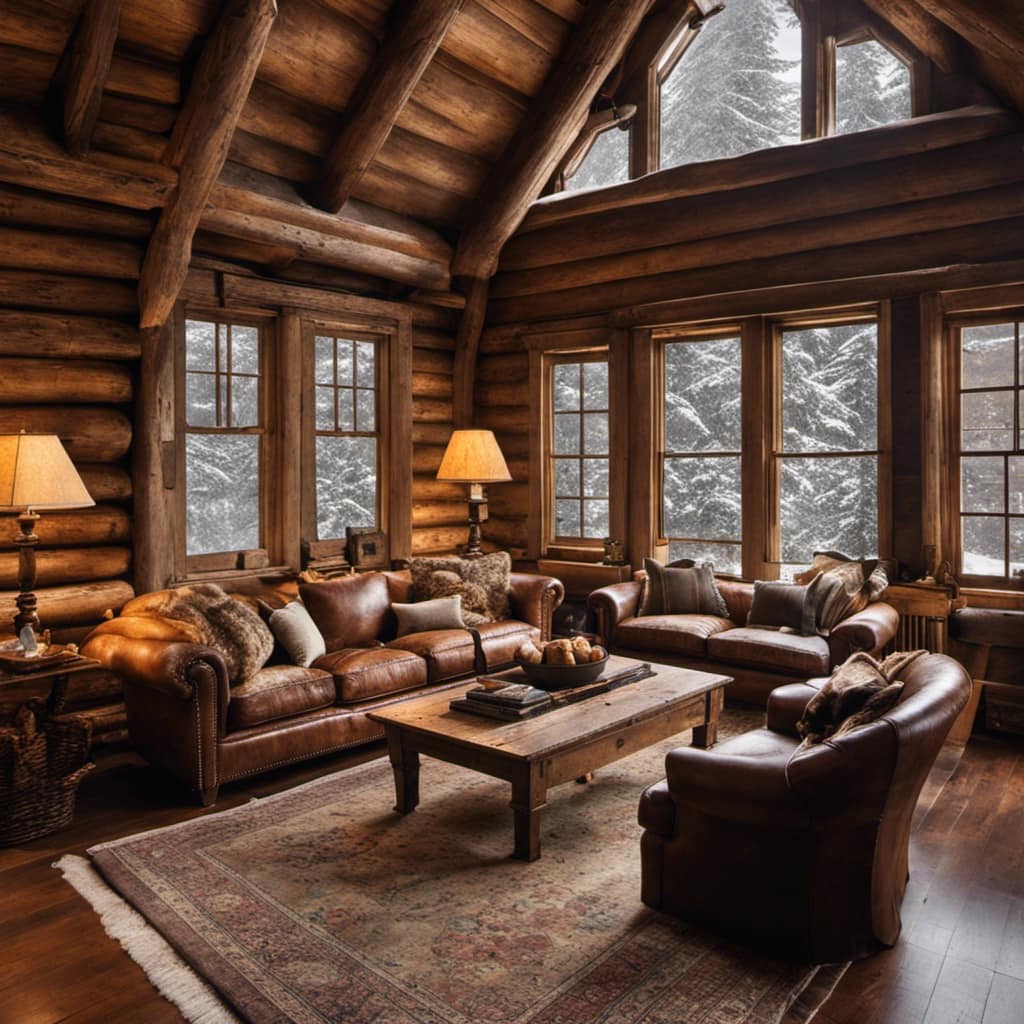
It’s also important to consider fire-resistant paint options for walls, as they can further enhance the fireproofing capabilities of the wall. These paints are specially formulated to withstand high temperatures and inhibit the spread of flames.
Using a combination of fire-resistant caulking, sealant, insulation, and paint can significantly increase the fire safety of the wall and protect the wooden structure.
Installing a Heat Shield for Added Protection
One option for increasing the fire safety of the wall is to install a heat shield, which can provide an additional layer of protection against heat and potential ignition. A heat shield acts as a barrier between the wall and the heat source, preventing direct contact and reducing the risk of fire.
To enhance its effectiveness, heat resistant paint can be applied to the heat shield. This type of paint is specially formulated to withstand high temperatures and provide added protection against heat.
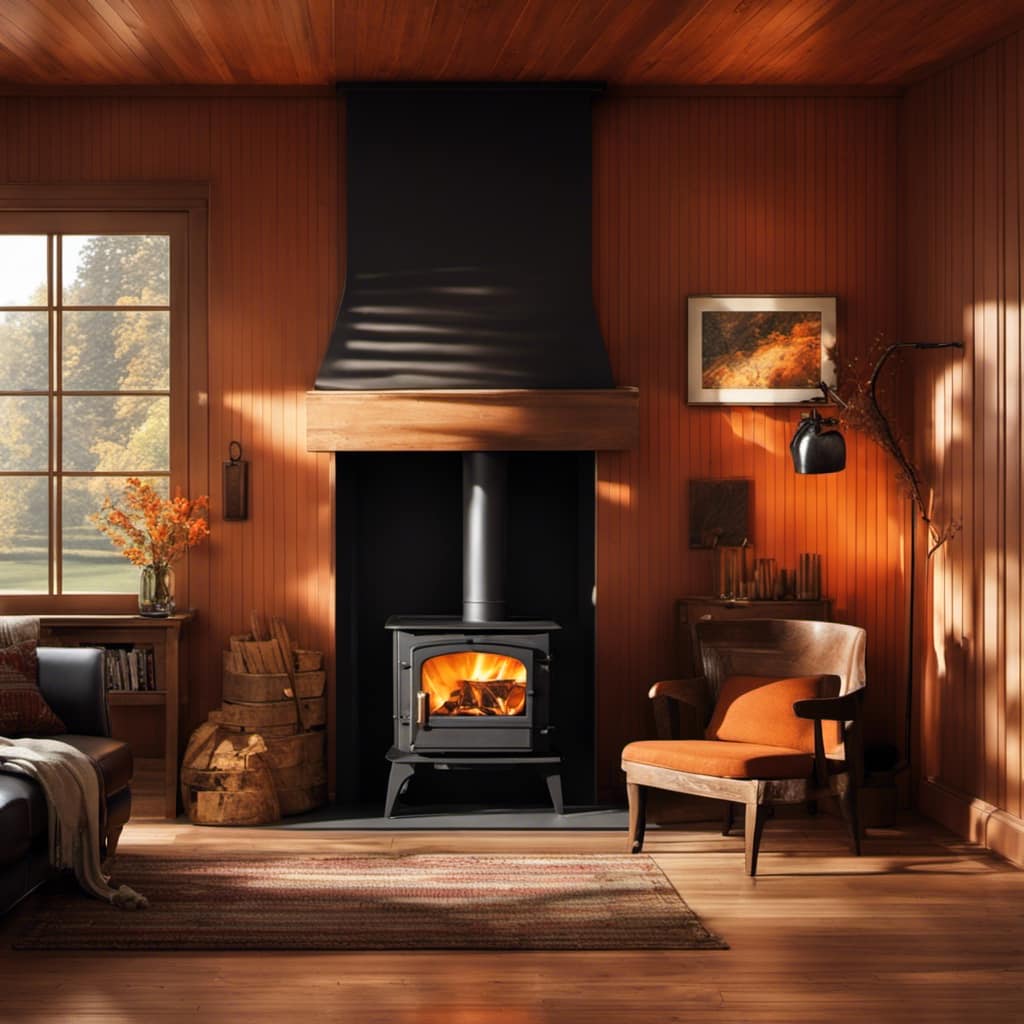
Another option is to use a metal sheet as a heat shield. Metal is an excellent conductor of heat, allowing it to absorb and dissipate heat quickly. By installing a metal sheet between the wall and the heat source, the wall is shielded from excessive heat, reducing the risk of fire and potential damage.
Regular Maintenance and Inspection of the Fireproofed Wall
Regular maintenance and inspection of the fireproofed wall is essential to ensure its continued effectiveness in protecting against fire hazards. Here are four signs of wall deterioration that indicate the need for immediate action:
Cracks: Check for any visible cracks on the surface of the fireproofed wall. These cracks can compromise the integrity of the fireproofing material and allow heat and flames to penetrate.
Discoloration: Look for any areas of discoloration, such as darkening or charring. This could indicate that the fireproofing material has been exposed to high temperatures and may no longer be effective.
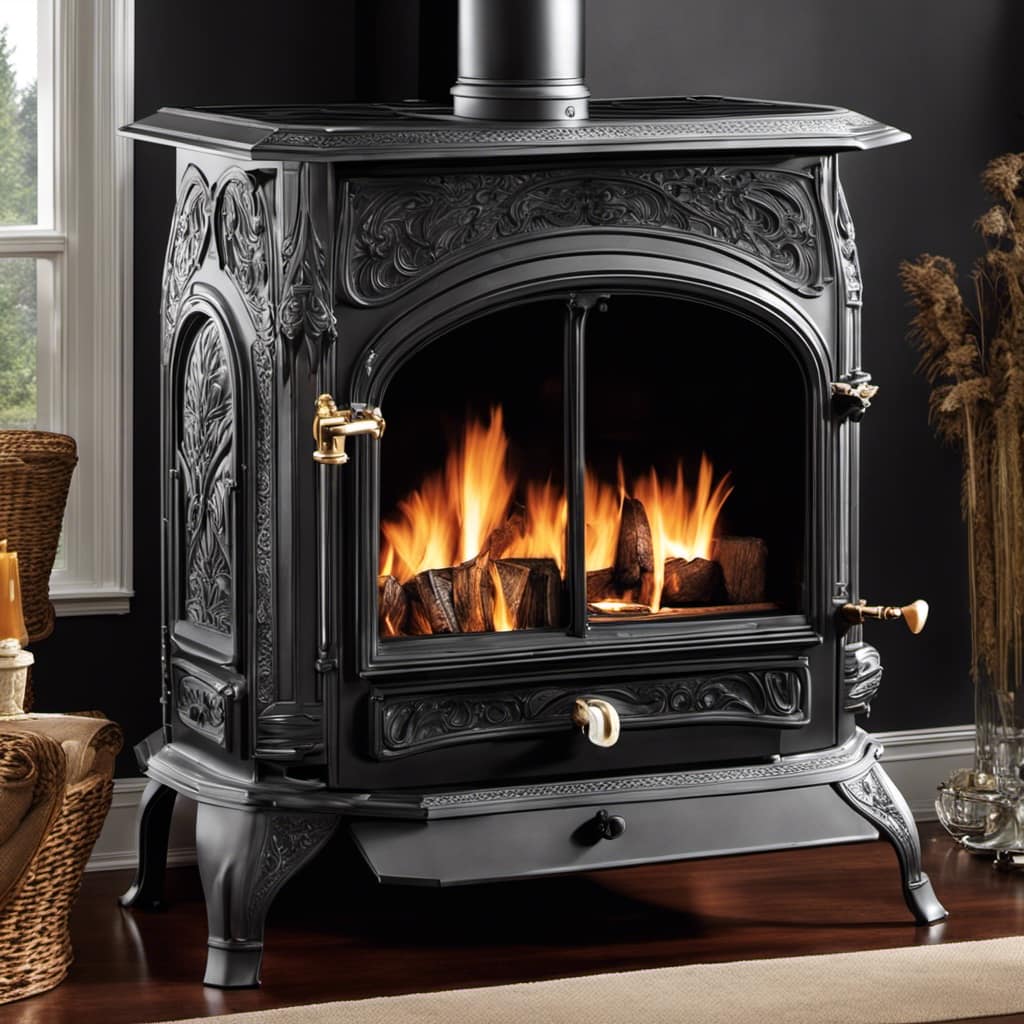
Flaking or peeling: If you notice any areas where the fireproofing material is flaking or peeling, it’s crucial to address this issue promptly. This type of damage can expose the underlying wall material to fire hazards.
Water damage: Water can weaken the fireproofing material and lead to its deterioration. Look for signs of water stains, mold, or dampness on the fireproofed wall.
Regularly inspecting and maintaining the fireproofing integrity of the wall is vital to ensure the safety of your property and its occupants. If you notice any of these signs of wall deterioration, it’s recommended to consult a professional for further assessment and necessary repairs.
:Are there different methods for fireproofing a wall behind a wood stove, and what are the most effective options?
Yes, there are various methods for creating a fireproof wall behind a wood stove. Some effective options include using cement board, fire-rated drywall, or heat-resistant tiles. It’s important to ensure that whatever method is chosen, it meets the necessary safety requirements for a fireproof wall behind a wood stove.
Frequently Asked Questions
What Are the Signs That Indicate a Wall Behind a Wood Stove Is Not Fireproofed?
I can identify signs of fireproofing issues on a wall behind a wood stove. It’s crucial to use proper fireproofing materials to prevent potential hazards and ensure the safety of your home.
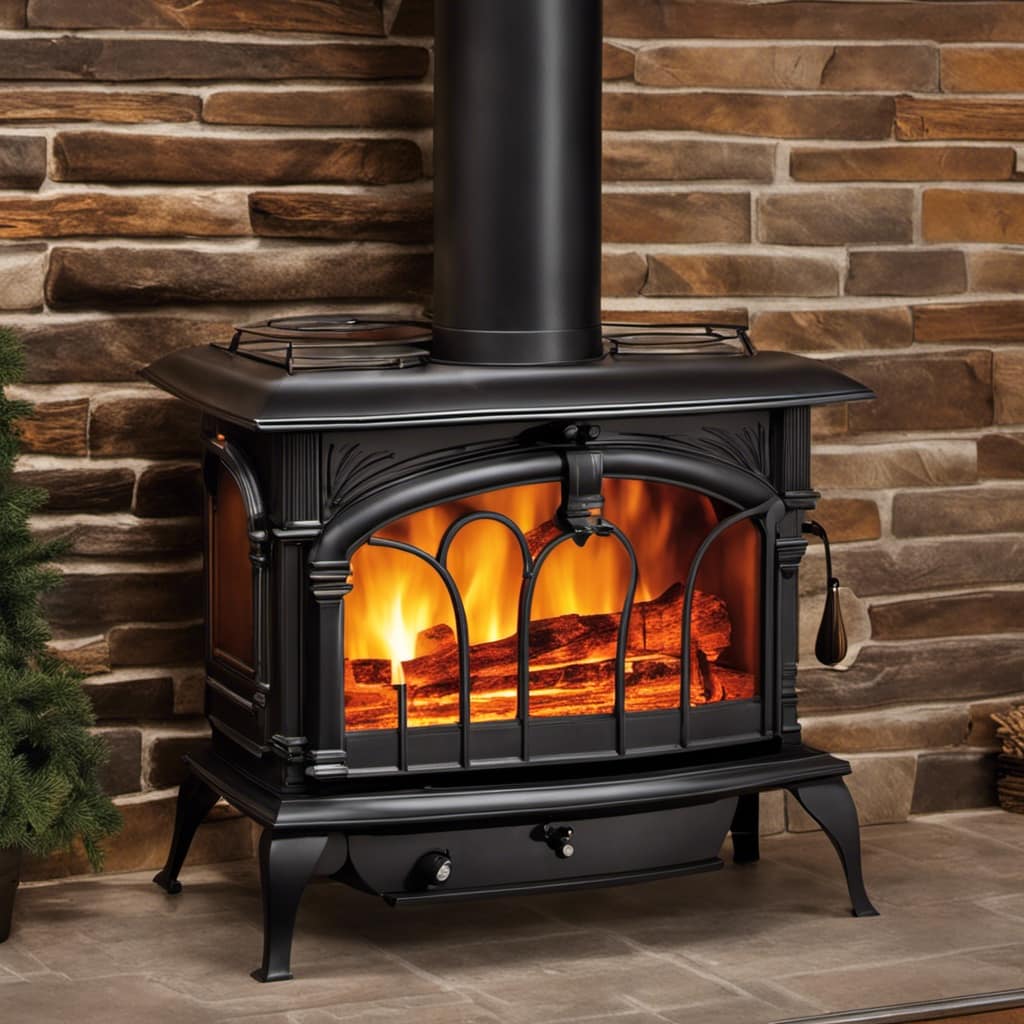
Can I Use Regular Paint on the Wall Behind a Wood Stove, or Do I Need a Specific Fire-Resistant Paint?
I need to use fire-resistant paint on the wall behind a wood stove to ensure safety. Regular paint is not suitable as it may ignite easily. Fire-resistant paint provides added protection and prevents the spread of fire.
Are There Any Alternative Fireproofing Techniques That Can Be Used Instead of Using Fire-Resistant Materials?
There are alternative fireproofing techniques that can be used instead of fire-resistant materials. These cost-effective methods include installing a heat-resistant barrier, using cement board, or applying a fireproof coating.
How Often Should I Inspect and Maintain the Fireproofed Wall Behind My Wood Stove?
I inspect and maintain the fireproofed wall behind my wood stove every six months. Regular paint is not suitable; I use a specific fire-resistant paint to ensure maximum safety and protection against potential fires.
Is It Necessary to Hire a Professional to Fireproof the Wall Behind a Wood Stove, or Can It Be Done as a DIY Project?
Hiring a professional for fireproofing has pros and cons. They have expertise and can ensure proper installation, but it can be costly. DIY approach is possible, but it requires research, time, and caution to guarantee effectiveness.
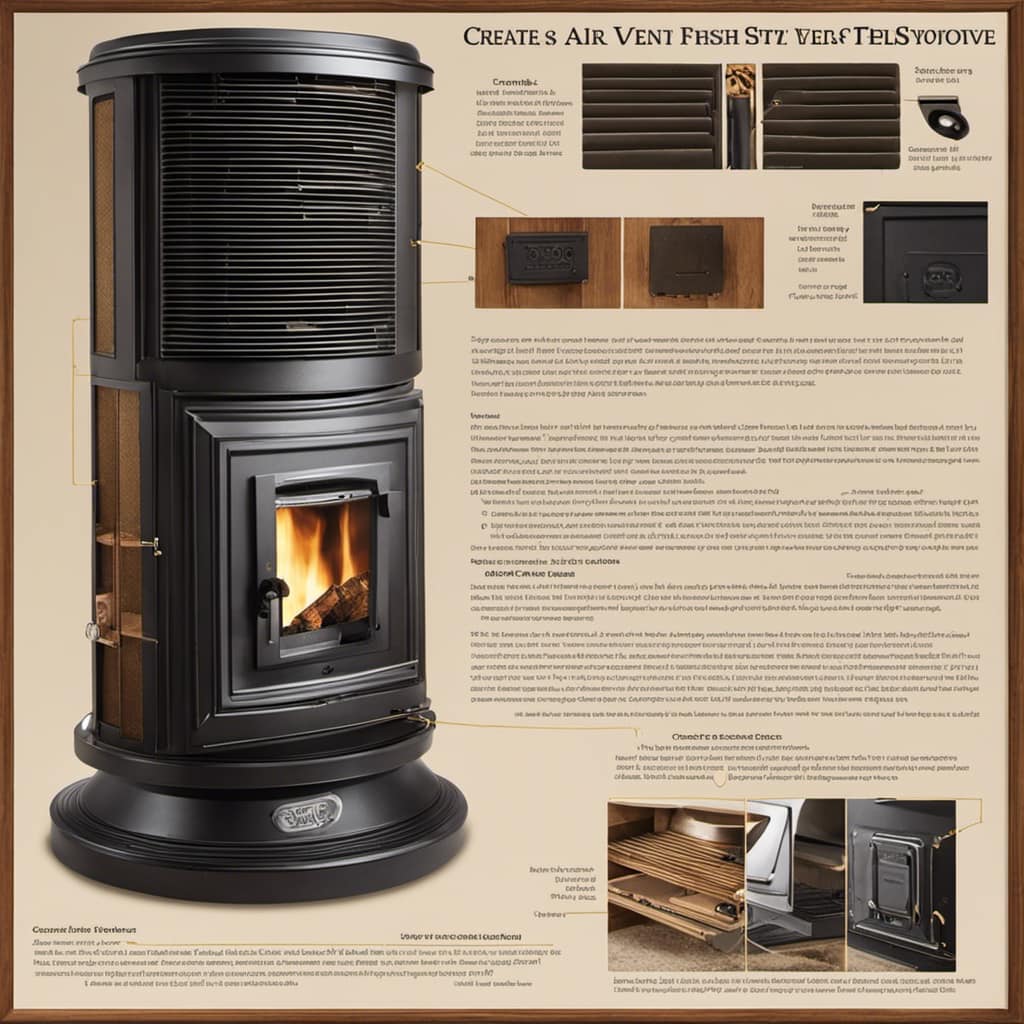
Conclusion
In conclusion, by assessing the wall, choosing fire-resistant materials, applying fireproofing techniques, and installing a heat shield, you can effectively fireproof a wall behind a wood stove.
Remember, ‘an ounce of prevention is worth a pound of cure.’ Regular maintenance and inspection of the fireproofed wall is essential to ensure its continued effectiveness and safety.
Stay vigilant and prioritize fire safety to protect your home and loved ones.
Growing up surrounded by the vast beauty of nature, Sierra was always drawn to the call of the wild. While others sought the comfort of the familiar, she ventured out, embracing the unpredictable and finding stories in the heartbeat of nature.
At the epicenter of every remarkable venture lies a dynamic team—a fusion of diverse talents, visions, and passions. The essence of Best Small Wood Stoves is crafted and refined by such a trio: Sierra, Logan, and Terra. Their collective expertise has transformed the platform into a leading authority on small wood stoves, radiating warmth and knowledge in equal measure.










